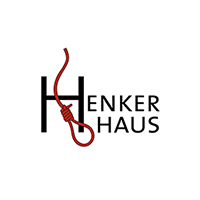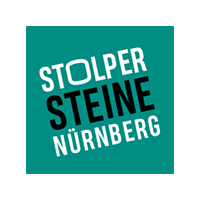| Location of stones: Heideloffplatz 3 | District: Glockenhof |
| Sponsor: Julie Anne Kunstler | Laying of stones: 27 November 2024 |
Biography
On 27. November 2024, Gunther Demnig laid two stumbling stones for Moriz and Juliane Künstler. Sponsor for the laying was their granddaughter Julie Anne Kunstler. The couple was deported on 24 March 1942 to the Izbica ghetto and murdered there.
Moriz Künstler was born on 4 December 1876 in Brünnau in Lower Franconia, as the son of Samuel and Cilly (née Obenheimer) Künstler. He moved to Nuremberg on 17 October 1898. Moriz was the owner of a textile business, W.B. Schloss. He served as an officer in the First World War and received the Iron Cross in 1915.
His wife Juliane was born on 7 June 1882 in Bendorf in Prussia (Rhine Province), as the daughter of Sigmann and Wilhelmine (née Hely) Cahn. The couple was married on 5 July 1908. Juliane was a nurse before her marriage. The Künstler’s had two Kinder: Annemarie (born on 5 February 1918) and Justin (born on 25 December 1919). The family lived at Heideloffplatz 3 from March 1934.
On 24 March 1942, Moriz and Juliane were deported to the Izbica ghetto. They both were murdered there on 10 April 1942.


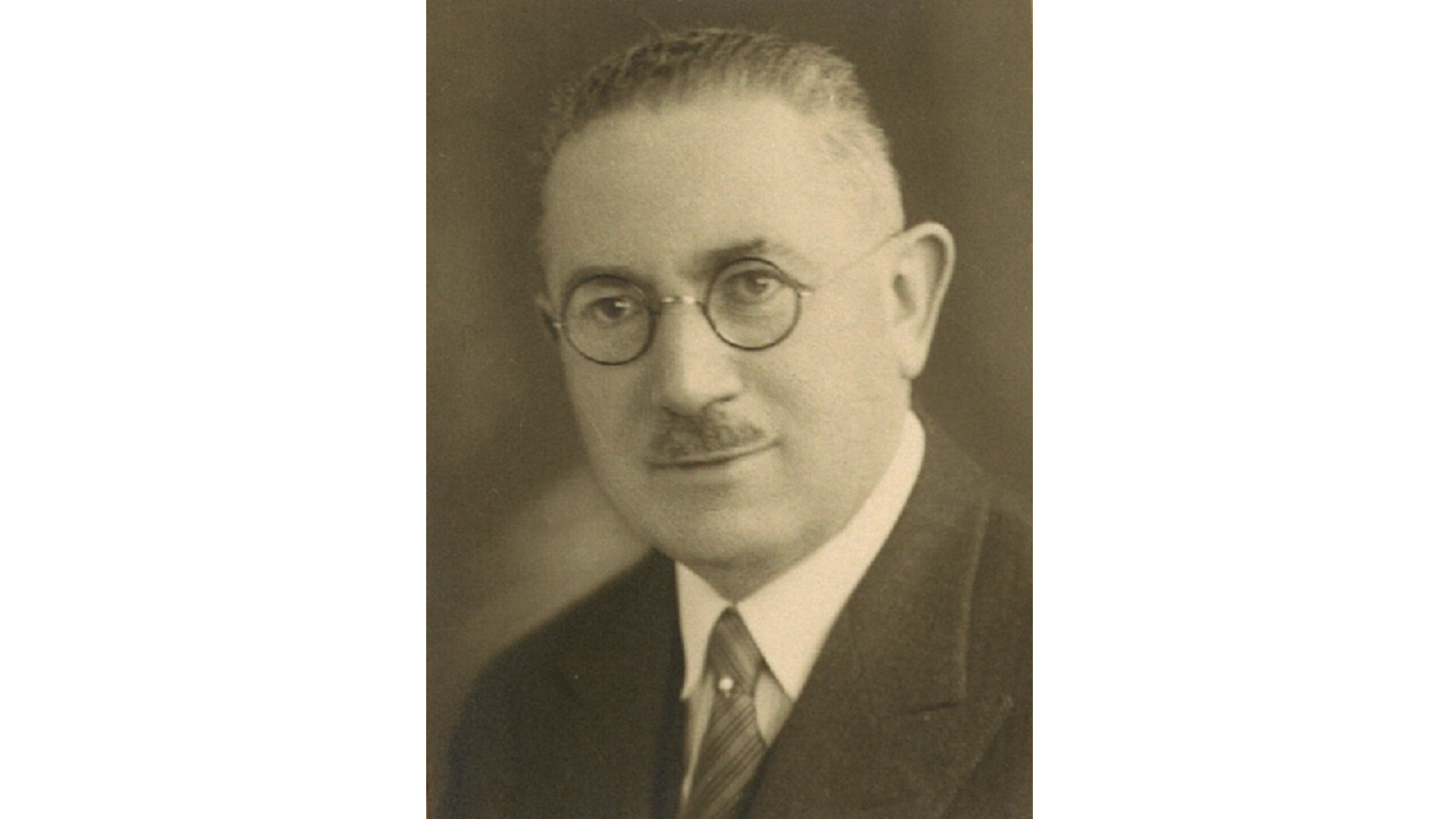


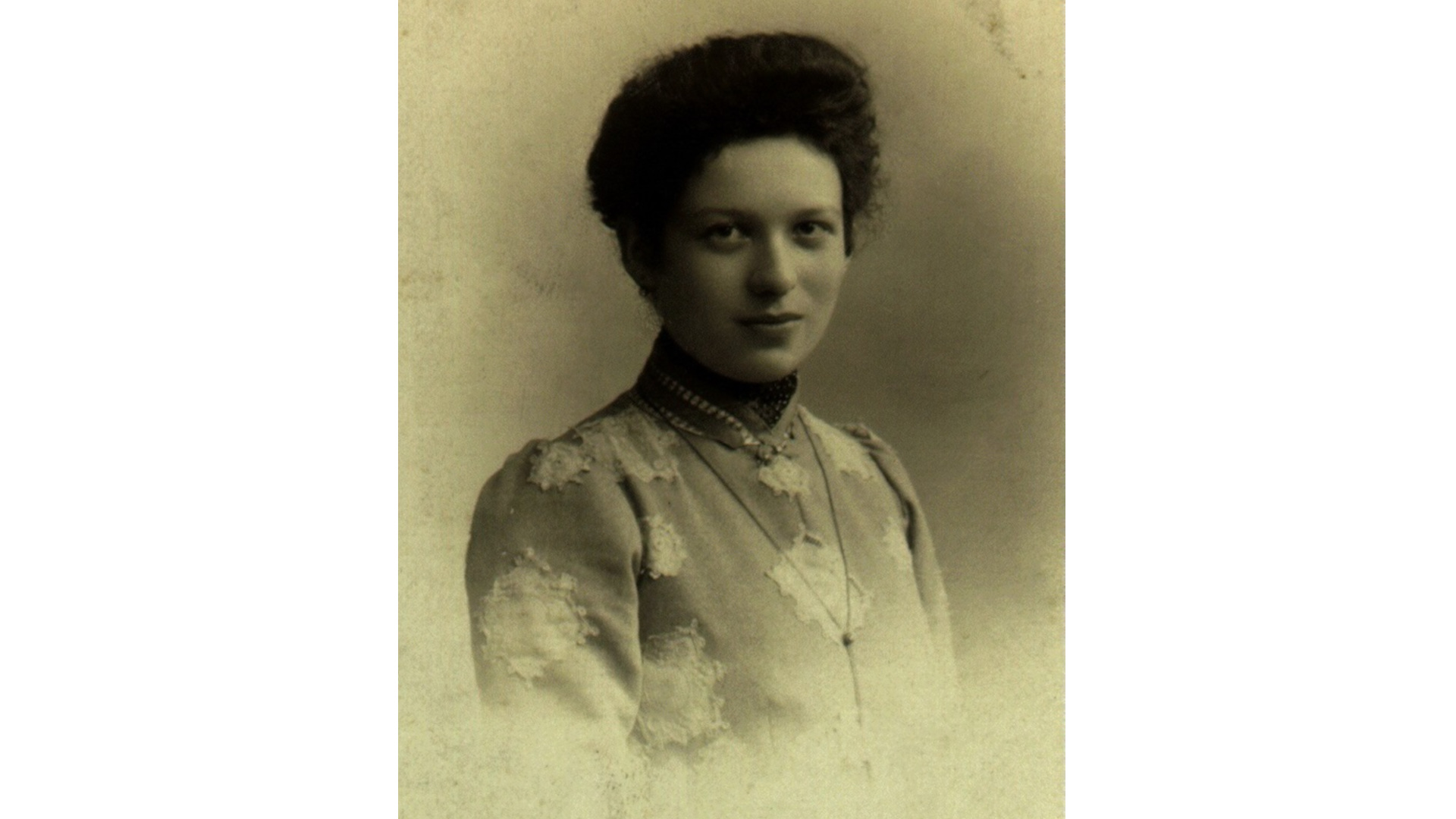

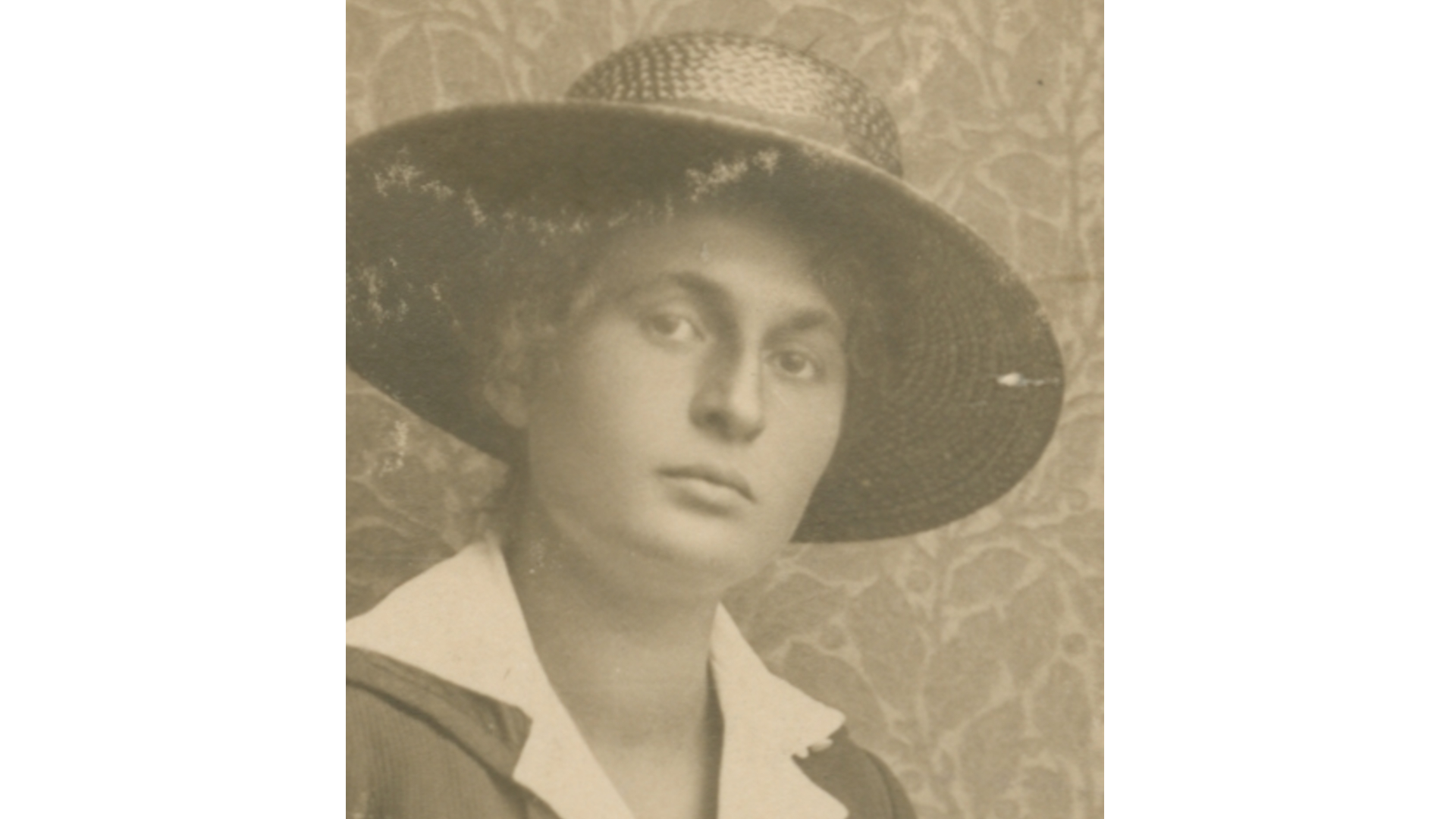
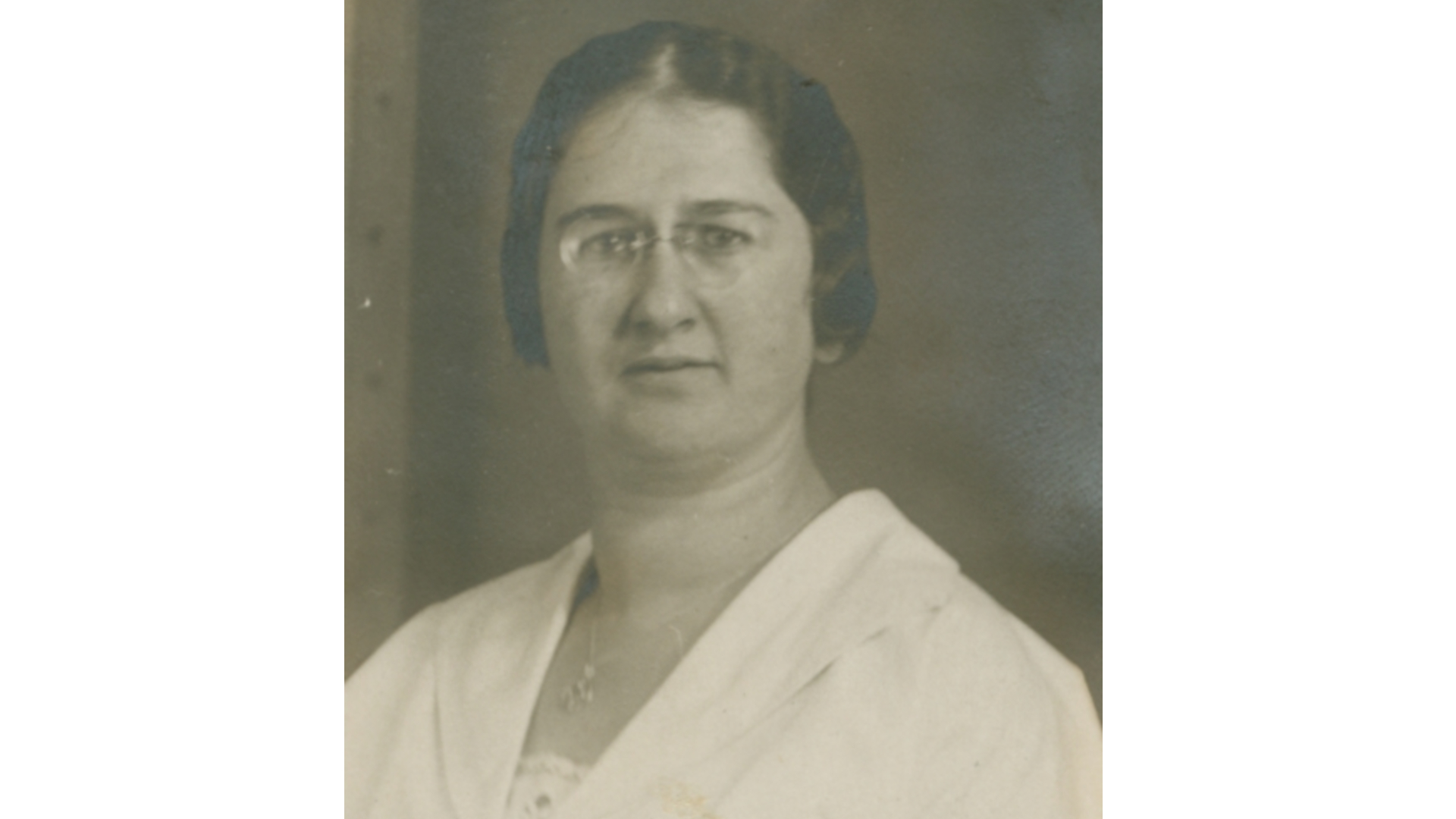
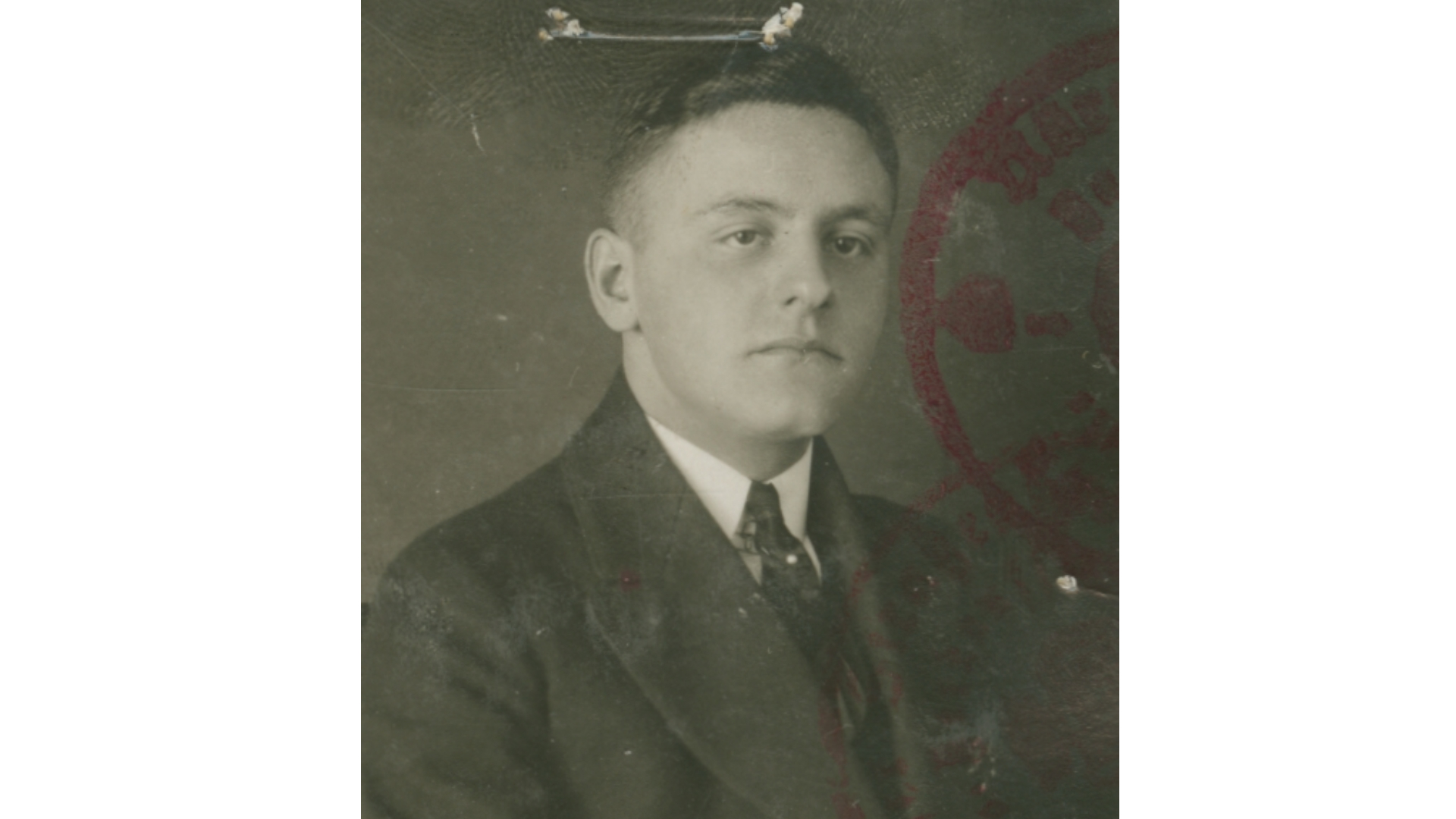
![[Translate to English:] [Translate to English:]](/fileadmin/Stolpersteine/Portraits/Dessauer_Kurt.jpg)
